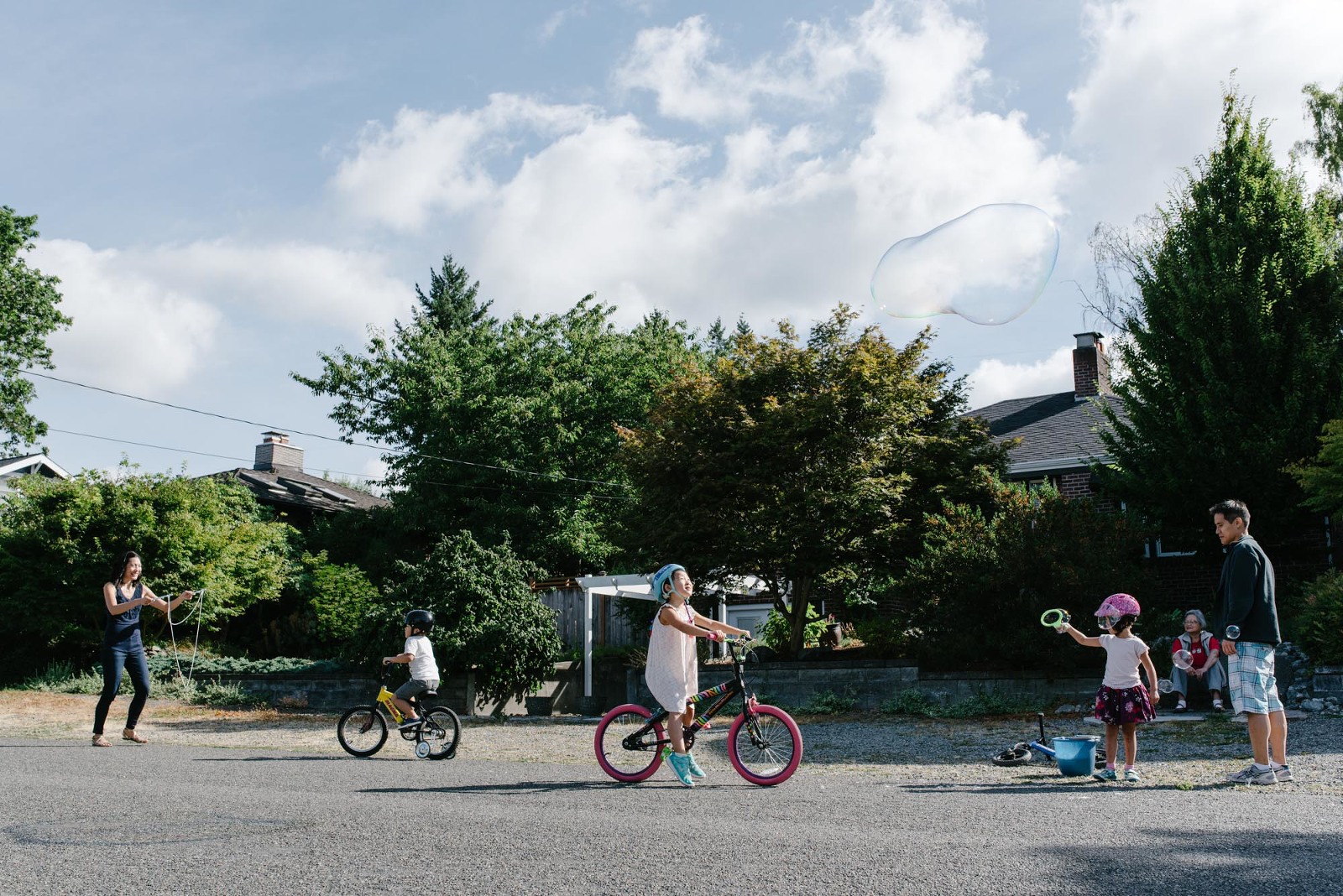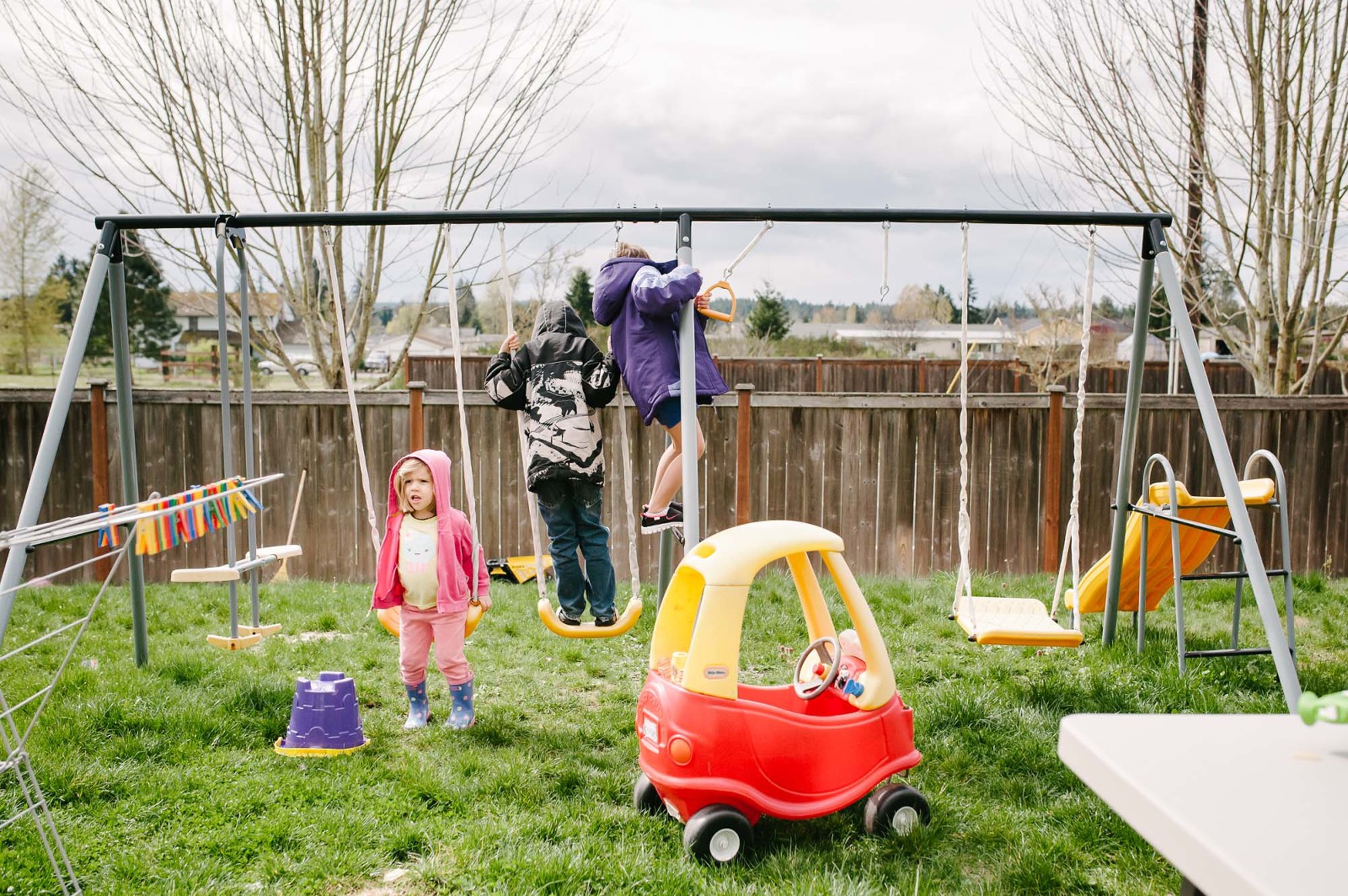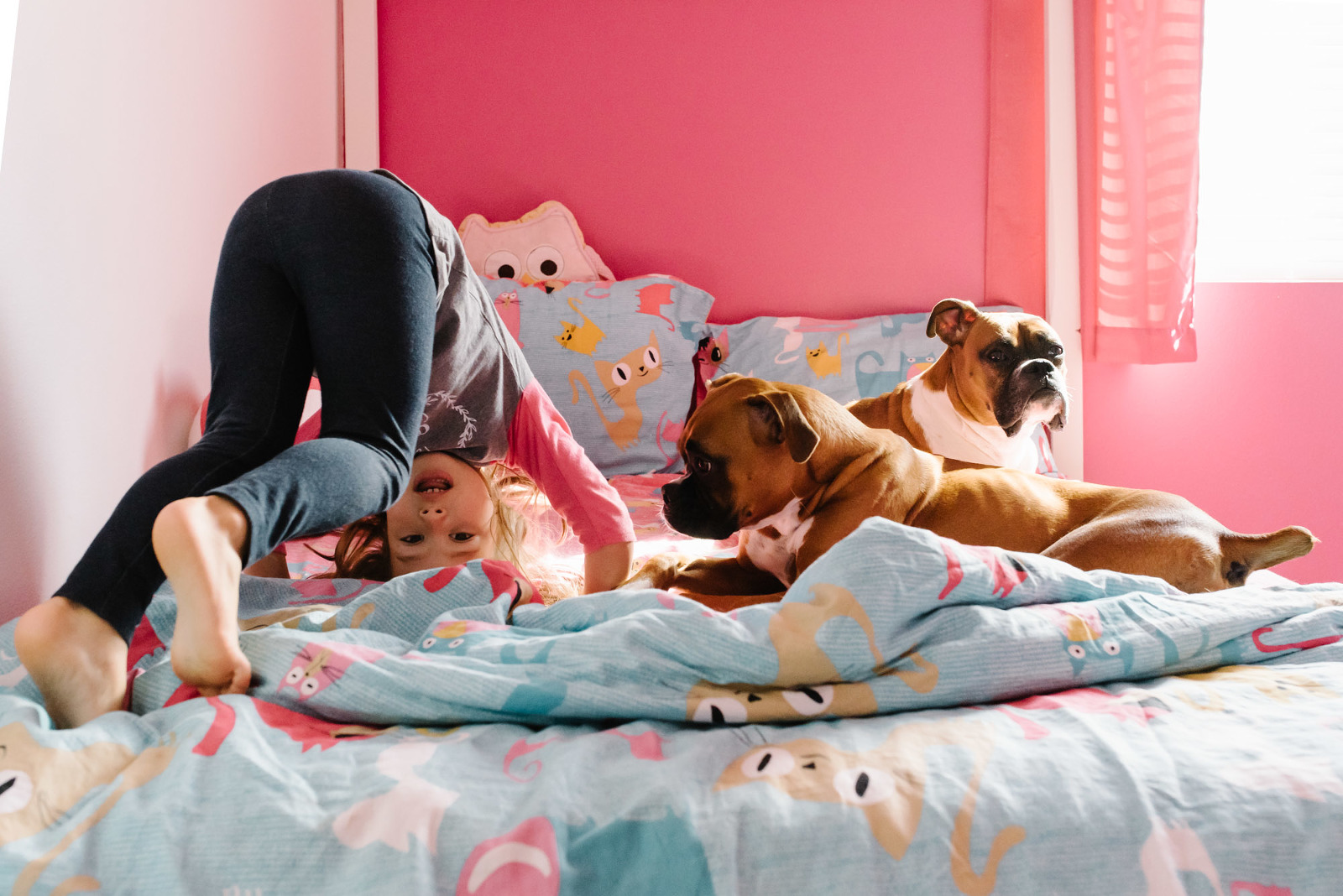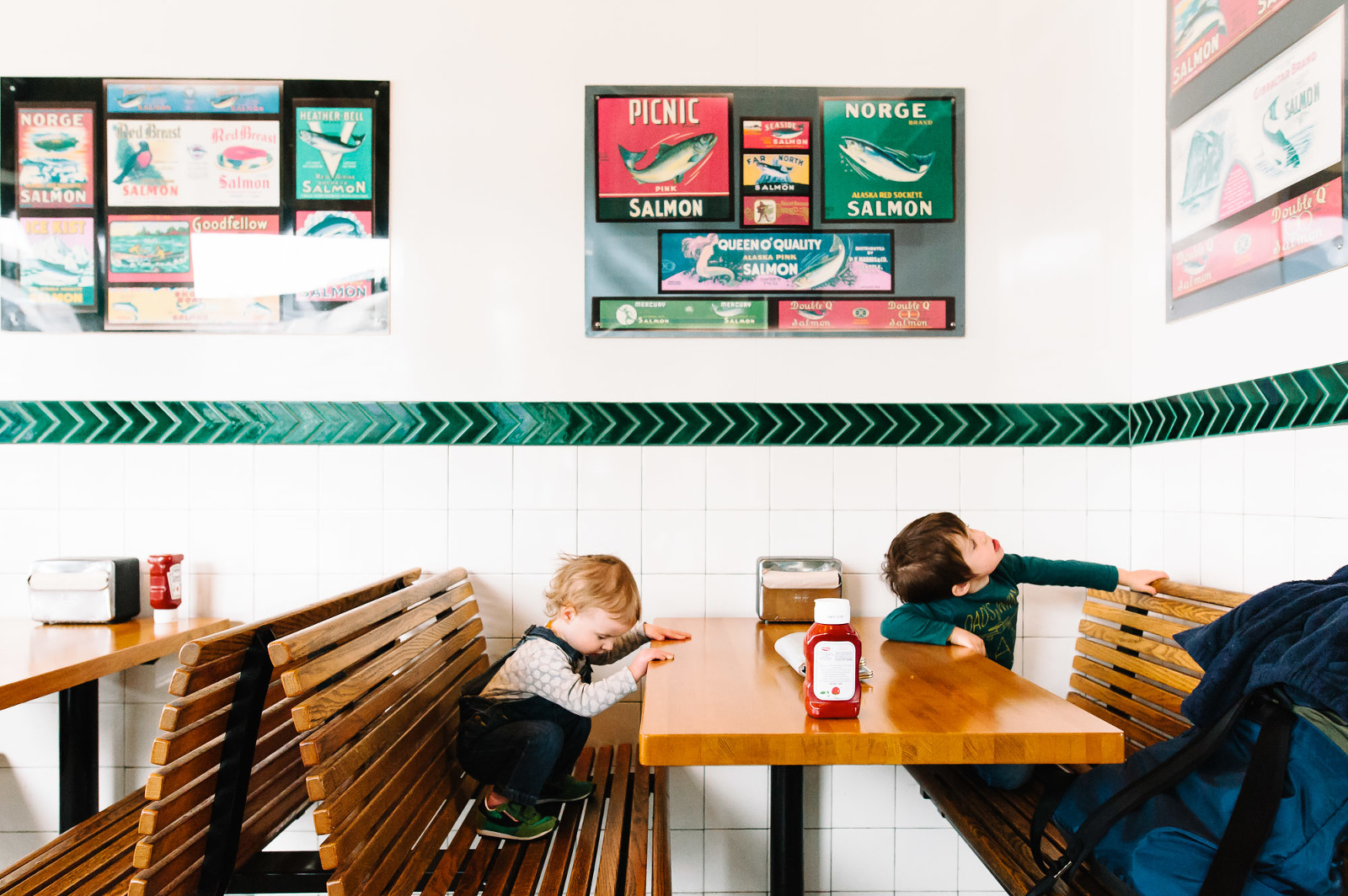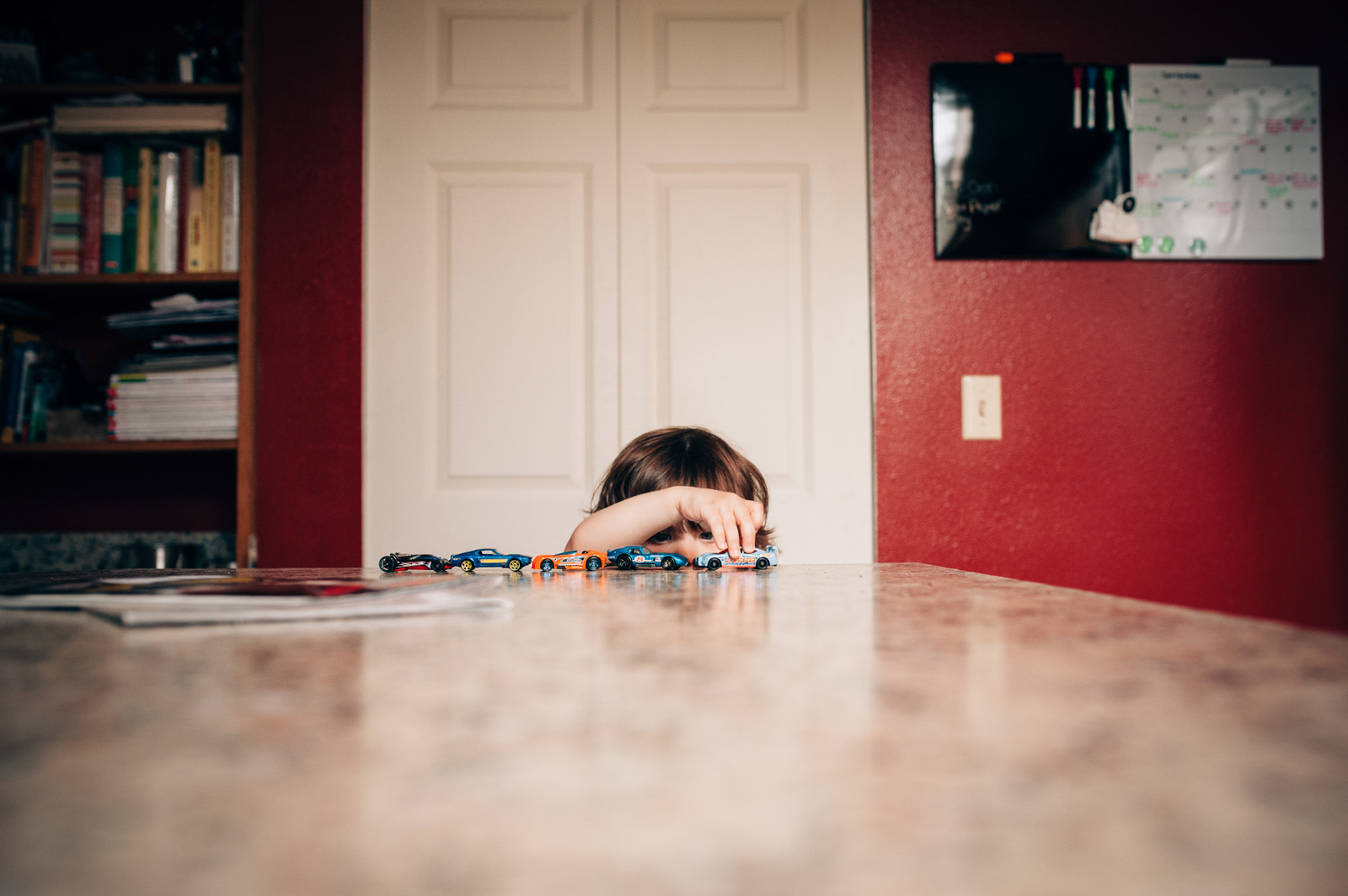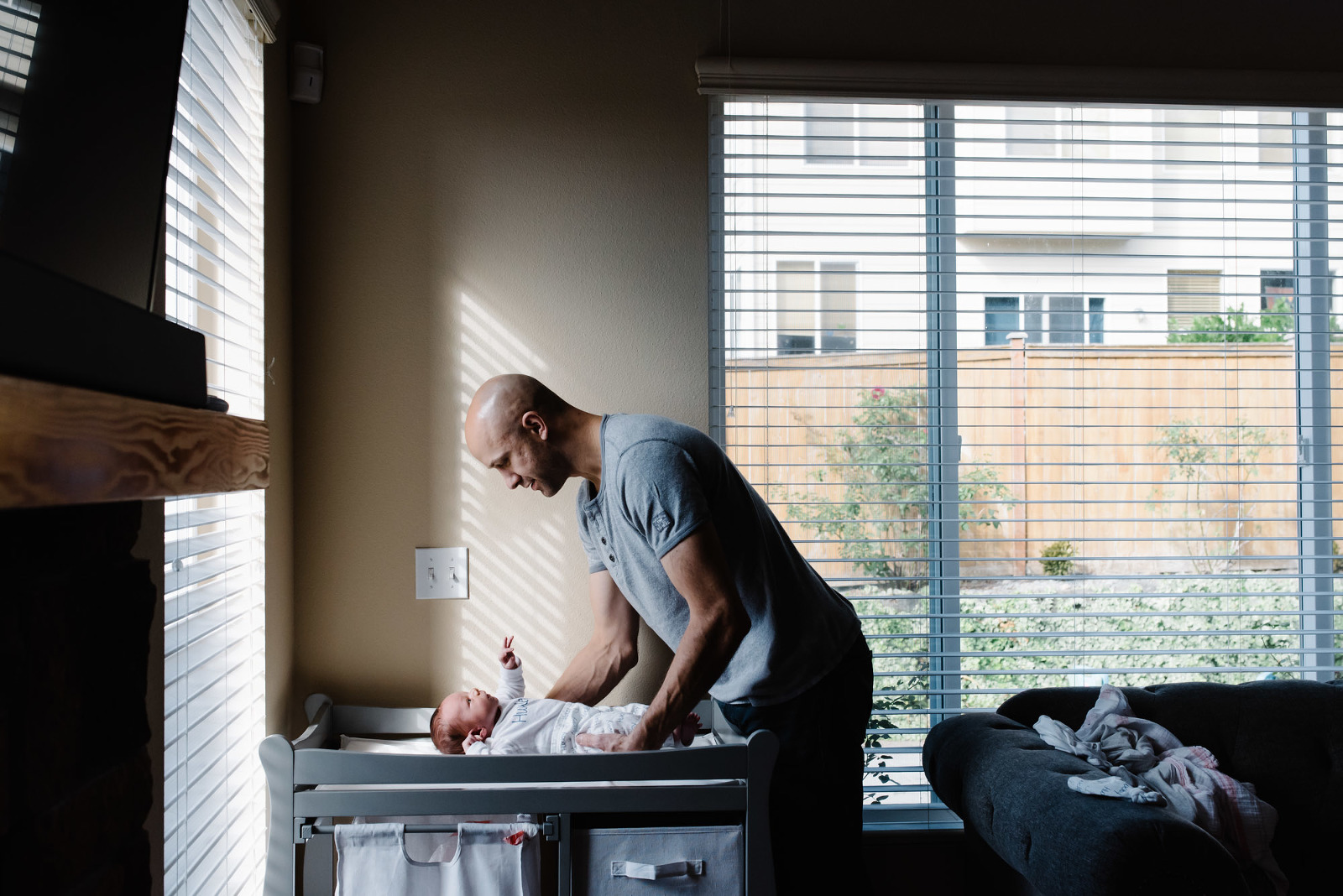Perhaps you’ve had your DSLR for some time now. Perhaps you have been playing around with different shooting modes and you are starting to really get the hang of what this wonderful little device can do. And perhaps you are starting to realize the limitations of your gear so you are left wondering, what next?
If you have started doing some internet research you have probably already learned that the lens you use is just as much, if not more important, than the actual camera you use. Chances are you have even seen a website or two recommend the 50mm lens a.k.a. the “nifty fifty” as a good lens to start with. I am not going to argue with that. The 50mm is what you will frequently find on my camera. It is a fantastic lens and I love it. But I will argue that understanding a little more about lenses and thinking about what you usually shoot is a little better than just blindly dropping a couple hundred bucks on what “so and so” suggests. Plus, if you are like me, you might find yourself sitting back and asking “why?” Why should I get this lens? What do these numbers mean? What makes this one better than that one? etc. etc. etc.
I want this post to help answer some of those questions so that you can go into purchasing your first lens with a little better understanding of what you are getting and why you are choosing it.
Let’s start by talking focal length. Those are the numbers, measured in millimeters, that you see designating different lenses (50mm, 35mm, 135mm etc.). The 50mm lens is considered a “normal” lens due to the fact that it closely replicates human field of vision. Numbers moving from 50 getting smaller (shorter focal length) are wide angle lenses, which basically means your scene is visually pushed forward (out from your camera) to allow you a wider/larger field of vision. Numbers moving from 50 getting larger (longer focal length) are telephoto lenses which compress and pull the scene closer to your camera which allows far away elements to better fill the frame.
Now you can’t talk focal length without mentioning distortion. All lenses have some distortion; but the distortion from a 50mm lens is so incredibly slight it takes a very trained eye to find it. As you move toward wider angles the distortion will be more evident in warped lines or items in the foreground being out of proportion with the rest of the scene. Conversely, a telephoto lens will compress a scene and make elements in the background seem closer than they actually are. As an example take a peek at the following images:
I snapped a few quick images of my son’s toys at various focal lengths. Below is an arial shot of how they were set up. I set my focal point on the zookeeper up front and tried to keep him relatively the same size in each frame as I zoomed in to best show what happens to the rest of the frame. In particular, pay attention to the size of the two pirates in back compared to the giraffe up front.

The Setup

18mm focal length

50mm focal length

135mm focal length
Now lens distortion sounds like an inherently bad thing that should be avoided at all costs. But if you understand that it’s there, know how to work around it, and have decided how to balance distortion with your other needs, you are going to land on a lens that is just right for you. Let me offer two different perspectives.
Many portrait photographers prefer shooting with a longer focal length at a wider aperture so that they can get those gorgeous full length portraits where the subject is super crisp and isolated from a dramatic blurred background. (Which is, essentially, telephoto distortion.) This kind of drama is not going to happen with a shorter focal length. On the opposite end of that, I shoot indoors a lot. I love to get images that include environmental elements and tell a story. Sometimes even a 50mm doesn’t allow me to get enough in frame to do that; so I shoot with my 35mm indoors frequently. A little cropping and editing can get usually rid of any obvious distortion.
As final note on focal length; if you are shooting with a crop sensor camera, which is likely if this is your first DSLR, it is worth noting that a even with a normal focal length the frame is still cropped so you won’t get as much in the frame as in your field of vision. For example, if you want to take a picture of a bowl of fruit you might be able to stand two feet back and see the whole bowl with your eyes. But with a 50mm lens on a crop sensor camera, at the same distance you will only be able to get a portion of the bowl in the frame, although the fruit appears to be the same size. Implication being that a 50mm may be harder to use indoors, especially in small rooms.
The seemingly obvious answer to the potential limitations of lenses with only one focal length (also known as prime lenses) is to opt for a zoom lens. Why would you ever opt for one focal length when you could have several, right? So lets look at the differences between prime and zoom lenses.
Sure, with prime lenses you are going to have some limitations due to the focal length, as discussed above. It’s a little like trying to go camping and bringing a single knife; instead of a multi-tool. But, there are some great reasons to opt for the right prime lens. You will also have the option of a wider aperture. Entry level prime lenses generally start with an f-stop of 1.8 which is larger than you will get with a zoom lens. So they are going to be able to open your aperture further in low light scenarios (although keep in mind, that also narrows your depth of field). Also, the conventional wisdom is that they provide crisper images since, mechanically, a prime lens uses fewer glass elements. (I say “conventional wisdom” because the difference is negligible enough that there are professionals who use exclusively zoom and professionals that only use prime.) And in that same vein prime lenses are smaller and lighter than their zoom counterparts.
On the other hand zoom lenses can offer a range of focal lengths and that is great. If you don’t like using wide apertures and a shallow depth of field but would prefer to boost your ISO, you may not miss the extra f-stops. If you don’t want the hassle of toting around a couple different lenses and want one (albeit heavier) lens in your bag, a zoom lens may just be for you. One thing you should be aware of though is less expensive entry level zoom lenses (like the lens that likely came with you DSLR kit) does not have a fixed aperture. Due to the mechanics of a zoom lens the aperture gets smaller as you zoom in. (Frequently this is noted on a zoom lens by indicating it’s focal length followed by aperture range. For example, 18 – 55mm : f/3.5 – 5.6.) So don’t expect to push your zoom lens out to 55mm and keep that f/3.5 aperture because that is not going to happen. You can get fixed aperture zoom lenses that will allow you to zoom to it’s longest focal length with it’s largest aperture, but you are also going to pay for it.
So that brings us back to the 50mm. This is the most commonly recommended lens because it is incredibly versatile. It is small and lightweight. Since there is minimal distortion and it’s a “normal” length you can use it for a variety of scenarios. And with a extra couple f-stops at your disposal you can use it in some lower light situations with great ease. Personally, I would also recommend the 35mm, especially on a crop sensor camera. The sensor crop will actually crop out a good portion of the distortion you might see at that focal length and the wider angle will allow you to get more in frame, especially in tighter spaces.
Hopefully this clears up some of the questions you might have about lenses and your first (or second or third) lens can be purchased with confidence!
